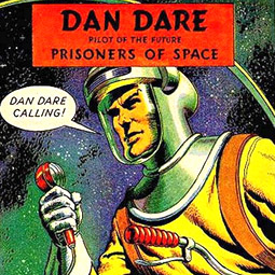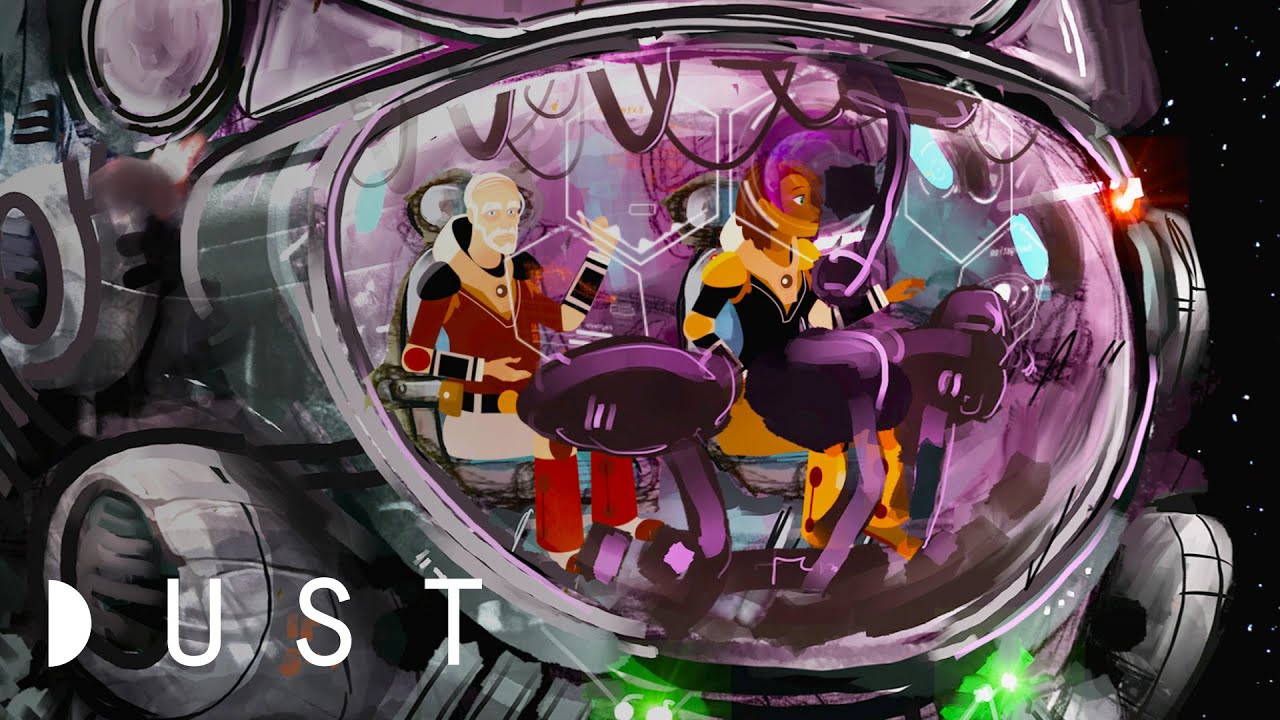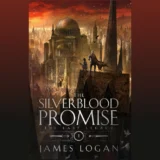On Sept 6, actor Martin Milner died peacefully in his Carlsbad, California home, after a long period of ill health. He was 83. Milner may be better known to a younger generation as Sgt.Pete Malloy on the television series Adam-12. But to me, and many other devoted fans of “route 66”, a series that ran from 1960 to 1964, Marty, as he liked to be called, will always be Tod Stiles.
Stiles, as everyone knows, or should know, was a Yale man, who one day found the bottom of his life drop out when his father died,and it was discovered the company he owned was bankrupt. The only worldly good the old man was able to bestow on his son was a shiny new Corvette and a boat load of questions about life and existence. Tod set out to get answers to these questions by hitting the road in the Corvette with a buddy he’d made working on one of his father’s barges. Buz Murdoch was a tough cookie from Hell’s Kitchen, the polar opposite of the educated Stiles. The two of them became icons of the restless sixties as “route 66” followed them on their question-laden odessey down the “mother road” and even further.
Murdoch was played by George Maharis, a fiery method actor,who had a large fan club mostly of females. Milner as Tod was a more conservative actor. With his red hair and freckles, he gave Tod a sunnier personality than the stormy Maharis, more of a peacemaker, “one of the apologizers” as (Karno) David Jannsen called him in one episode, always trying to use his reason to figure things out. Milner had the capacity to bring believability to Stiles, a man who could use his fists when he had to or quote poets like Rimbaud, Goethe and even Shakespeare, without being embarrassed about it.
The anthology-like format of “route 66” gave Milner the opportunity to play Stiles from a lot of different angles, but always with a sense of reason and a sense of outrage at the things he saw along the highway. In the episode “. . .shall forfeit his dog and ten shillings to the king. . .” he joins a posse on the hunt for two killers. He’s asked at the start why do people join posses? He thinks it obvious. They join to bring killers to justice. But when he learns that every member of the posse had a secret, selfish motive for joining, that each secretly believes that the only way to succeed is to tear others down, he screams into the desert wilderness: “I don’t believe that. Nothing you can do, nothing you can say will ever make me believe that!”
In one episode called “The Thin White Line,” he unwittingly drinks a beer spiked with something like LSD. For the next hour he runs through the streets of Philadelphia raving like a mad man one moment, laughing hysterically the next, then finally ending up ready to leap off the Ben Franklin Bridge. Only Buz can save him. Milner gave a bravura performance.
In another episode, he meets Elyssa (Diane Baker) at the Weekie Wachee Water Park in Florida. He thinks she’s an ambitious show girl who knows how to hold her breath underwater. When he find out too late that she was really, actually a real-live mermaid from the Sargasso Sea, and he loves her, he’s left standing at the edge of the Gulf of Mexico crying out her name.
That’s the kind of show “route 66” was. It produced more than its share of goosebumps over it’s four-year run. Those were heady times. Man was headed toward the moon under the energetic leadership of John Kennedy. It was a New Frontier. And Milner was perfect as the man behind the wheel of the Corvette, traveling the roads and byways of that frontier.
I was lucky enough to get a telephone interview with Marty back in 2001 that was printed in Outre. At the time I hadn’t done many interviews, but he was the kindest, most gracious guy and took time to answer every question in detail. It was clear he loved talking about those days and about the show. I’m pretty pleased to note that both the New York Times and The Hollywood Reporter quoted from that interview in their obituaries.
Marty has left us, preceded down The Mother road by Stirling Silliphant, the genius writer who created the show and wrote the amazing scripts, and Bert Leonard producer and sometimes idea man for the series. Maharis still survives, living quietly in New York. Farewell, Marty, Stirling and Bert. Goodbye, and rest well. I could say you gave us some of the greatest moments of television we had ever seen or ever will see. But you know, and we know, it was more than that. Much more. Thank you, sirs.











